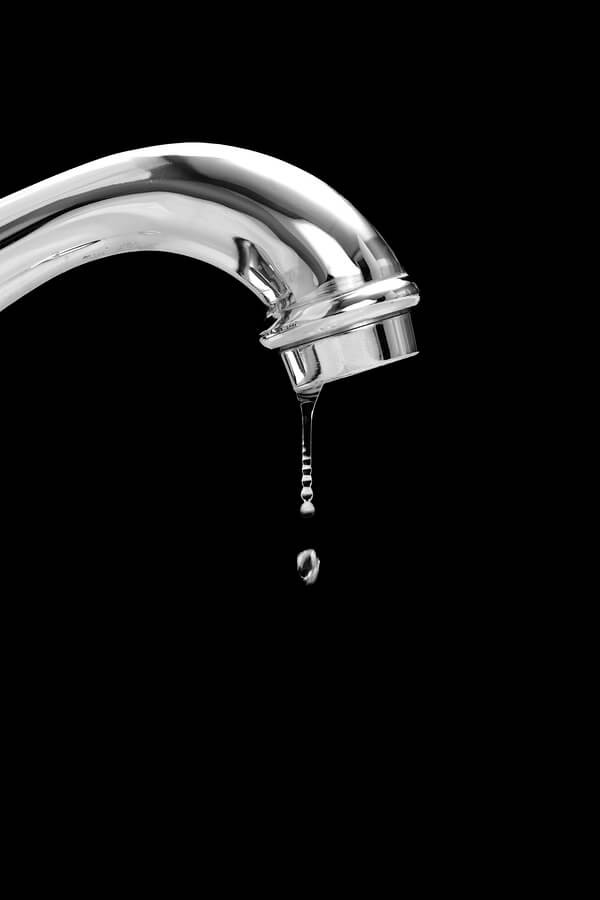The Problems With Undetected Leaks
- bathroom remodeling
- kitchen remodeling

Unless you’re a licensed plumber, it’s best to let a professional repair any leaks in your home. Deciding when it’s time to call in a plumber, however, means knowing when there’s a leak in your house. Since some leaks are trickier to find than others, it’s important to understand the various warning signs of a house leak. The sooner you find a leak and repair it, the better, as an untreated leak can end up costing thousands from damages. To catch a leak as early as possible, here are a few warning signs to watch out for.
When it’s Time to Call the Plumber
- Mold or mildew. One of the most telling signs of a leak is discovering mold or mildew in your home. When enough moisture accumulates, mold and mildew can grow, creating a health hazard for you and your household. If you find patches of mold or mildew on the walls, ceiling, or somewhere out of the ordinary, there’s a leak somewhere in your house.
- Damaged paint or wallpaper. Leaks can happen in a variety of places, including inside your walls. That’s why if you see warped or peeling paint, or cracked or discolored wallpaper, the culprit is most likely a leak.
- Stained walls and ceilings. If your roof is leaking, it can usually result in dark stains on the walls and ceiling. Sometimes the color of the stain can also help to determine what caused the leak. Dark brown or copper stains, for example, are usually caused by a leaking pipe.
- Musty odors. If there’s mold somewhere in your house, you’re more likely to smell if before you see it. Mold has a distinct odor, and usually, when something smells musty, it either indicates a leak or old age. Be mindful of any foul odors. If you suspect you smell something musty, call a plumber.
- Warped walls and doors. Any type of leak or water damage is very harmful to wood, and wooden walls and doors are no exception. While the damage might be subtle, it’s a good idea to check your walls for any curved planks of wood, uneven surfaces, or slight discoloration. A house leak can also cause the doors in your house to warp, making them difficult to open or close.
- If your walls appear to be sweating, it’s because there’s a leak somewhere inside your wall. A “sweating” wall or condensation is usually the result of excessive moisture accumulating behind a wall.
- Damaged flooring. It’s important to not only watch your walls and ceilings but your floors as well, as hidden leaks can happen beneath tile and wood planks. Be on the lookout for warped wood, stains, soft areas, loose or cracking tiles, peeling caulk, and damp carpet. All are typically signs of a leak.
- Damaged roof shingles. If your roof is the source of the leak, the easiest way to detect it is through the shingles. The shingles are your roof’s first line of defense, and damaged shingles usually indicate a leak. If you suspect your ceiling has a leak, it’s time to check your roof for bald, buckling, curling, or missing shingles.
- Cracked garage floor. House leaks can also happen underground. If you notice there are cracks in your garage floor, it could be due to an underground waterline leak. Broken pipes beneath your house can lead to soil erosion, causing parts of the house to settle at a lower level.
- Warm and damp floors. A damp floor can indicate a plumbing or foundation leak, but if your floors are both damp and warm, the problem may have to do with your water heater. Hot water leaks are another potential problem, and if your water heater isn’t the culprit, you may have a sewer line leak. Hot water leaks are especially problematic, as mold grows faster with hot water.
If you have leaky kitchen or bathroom appliances, call McHales today!



